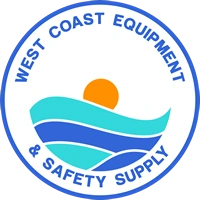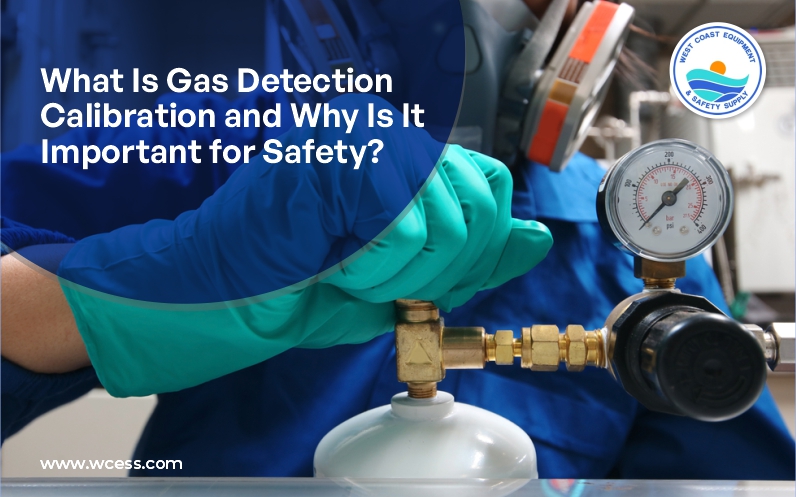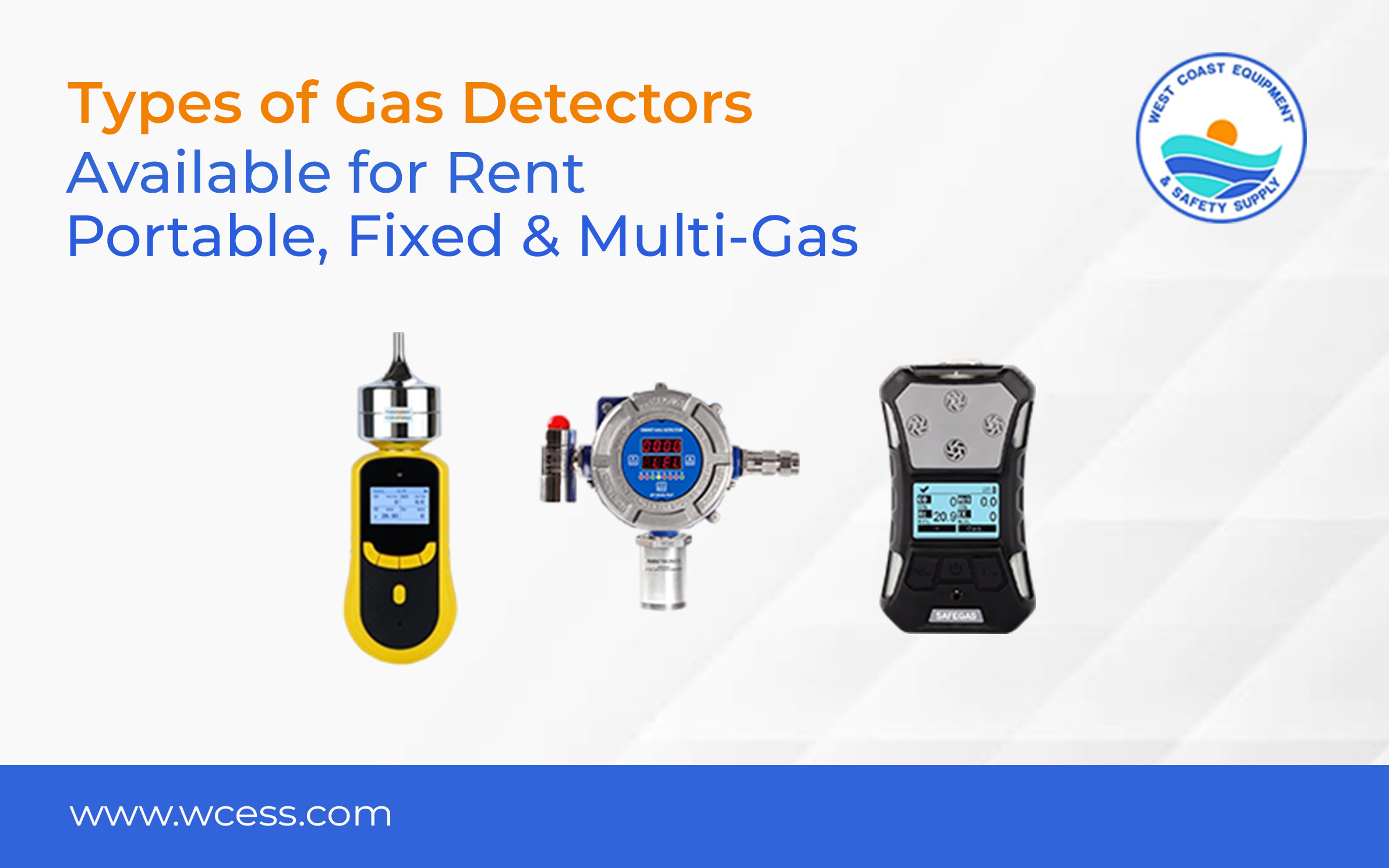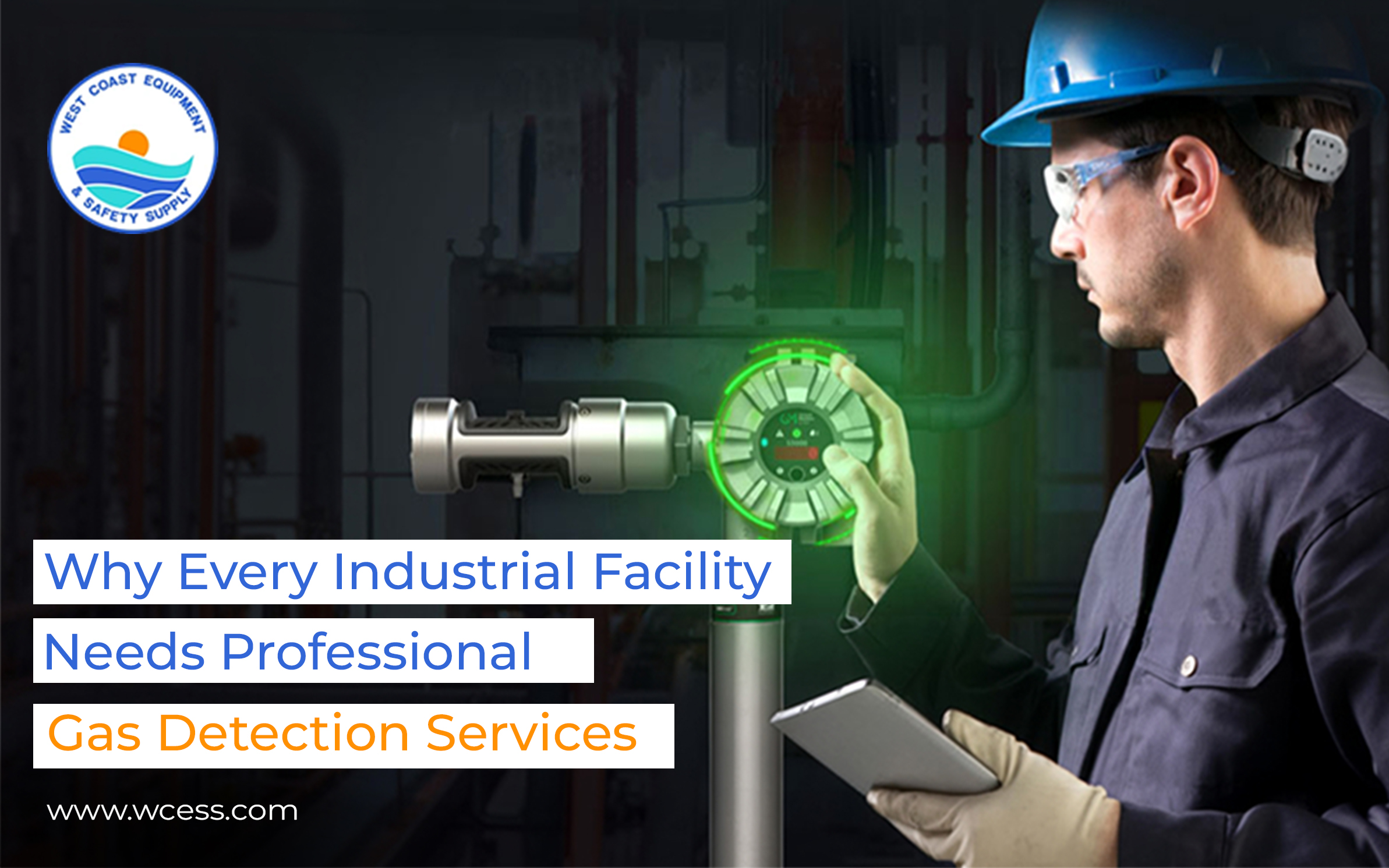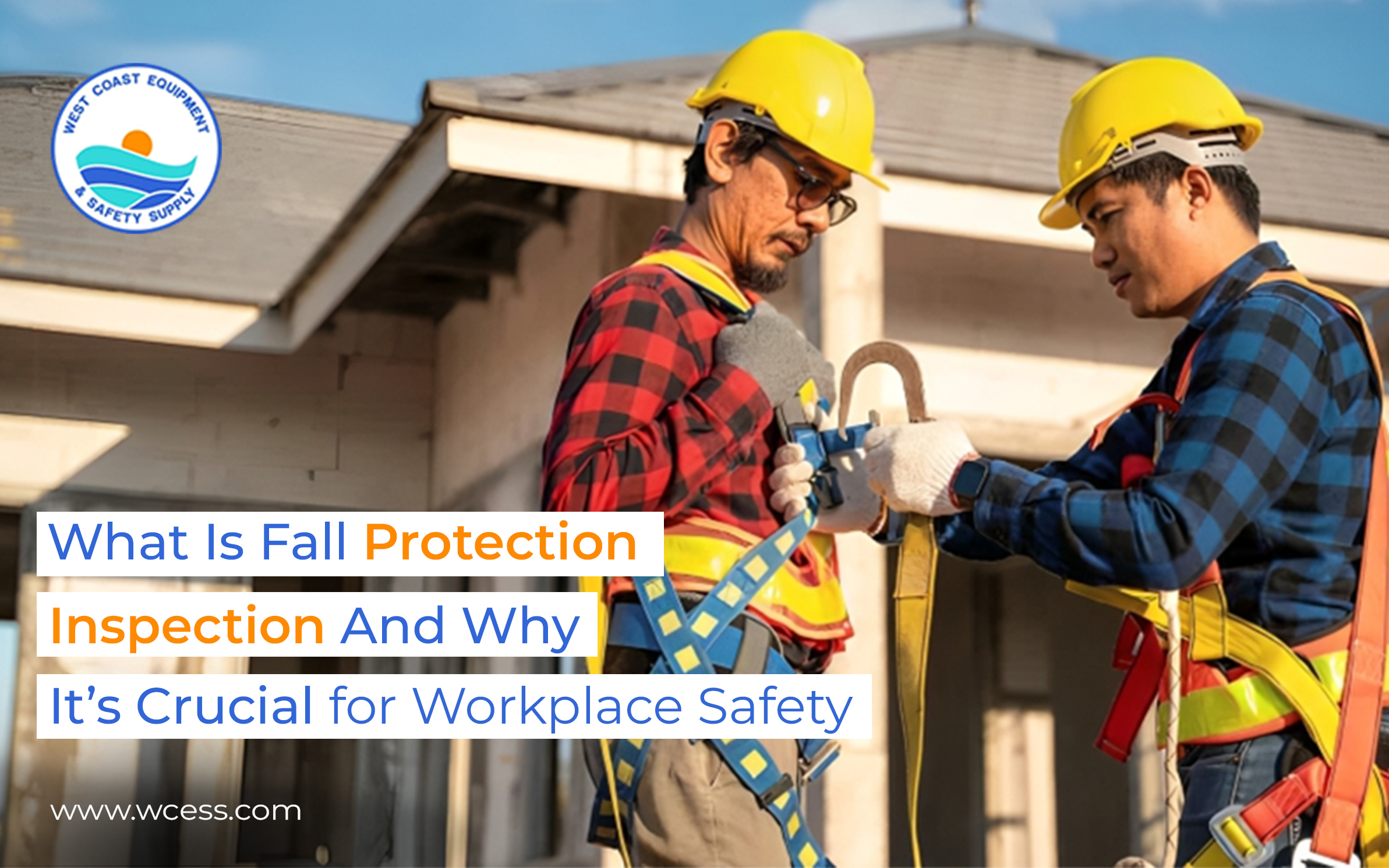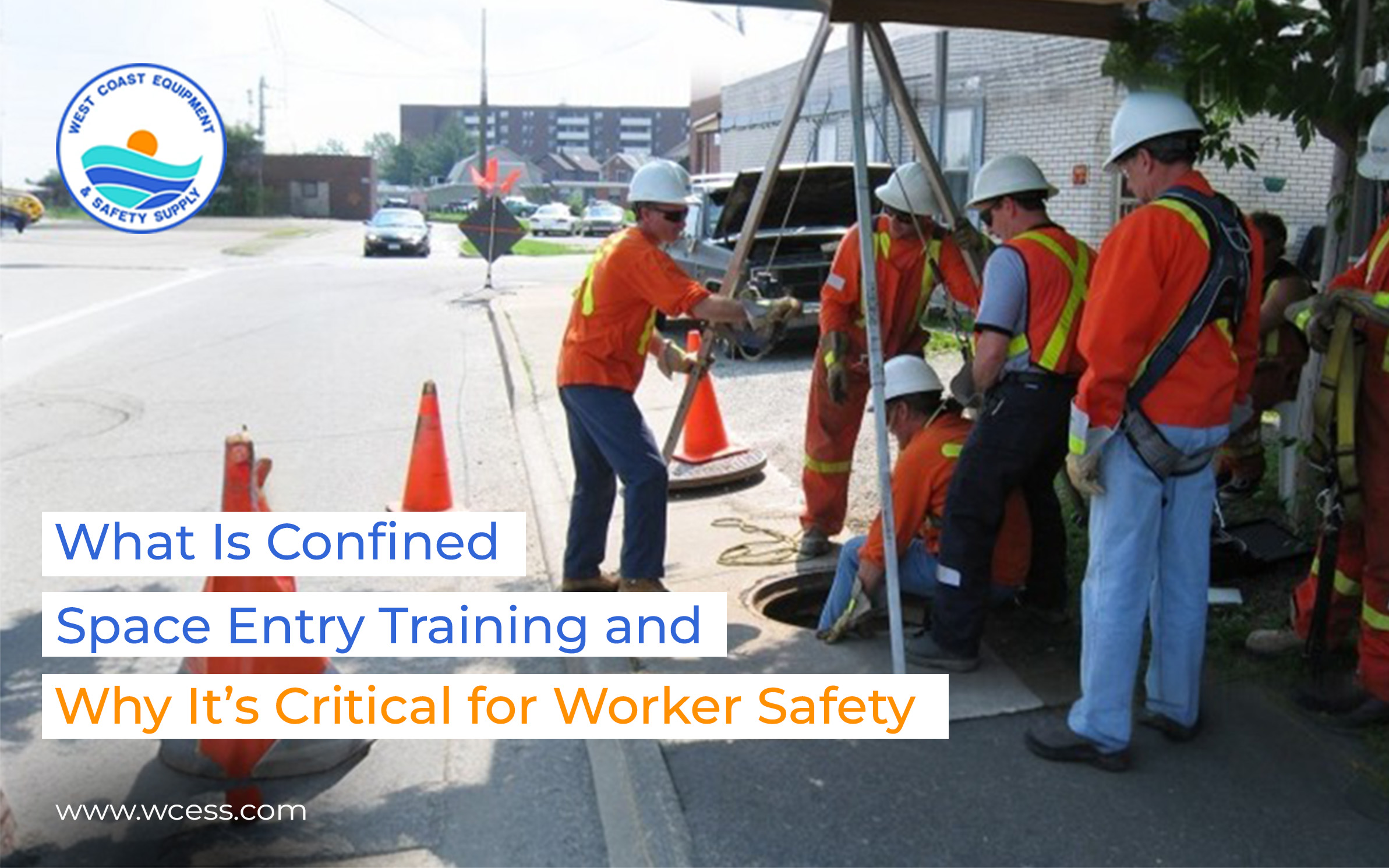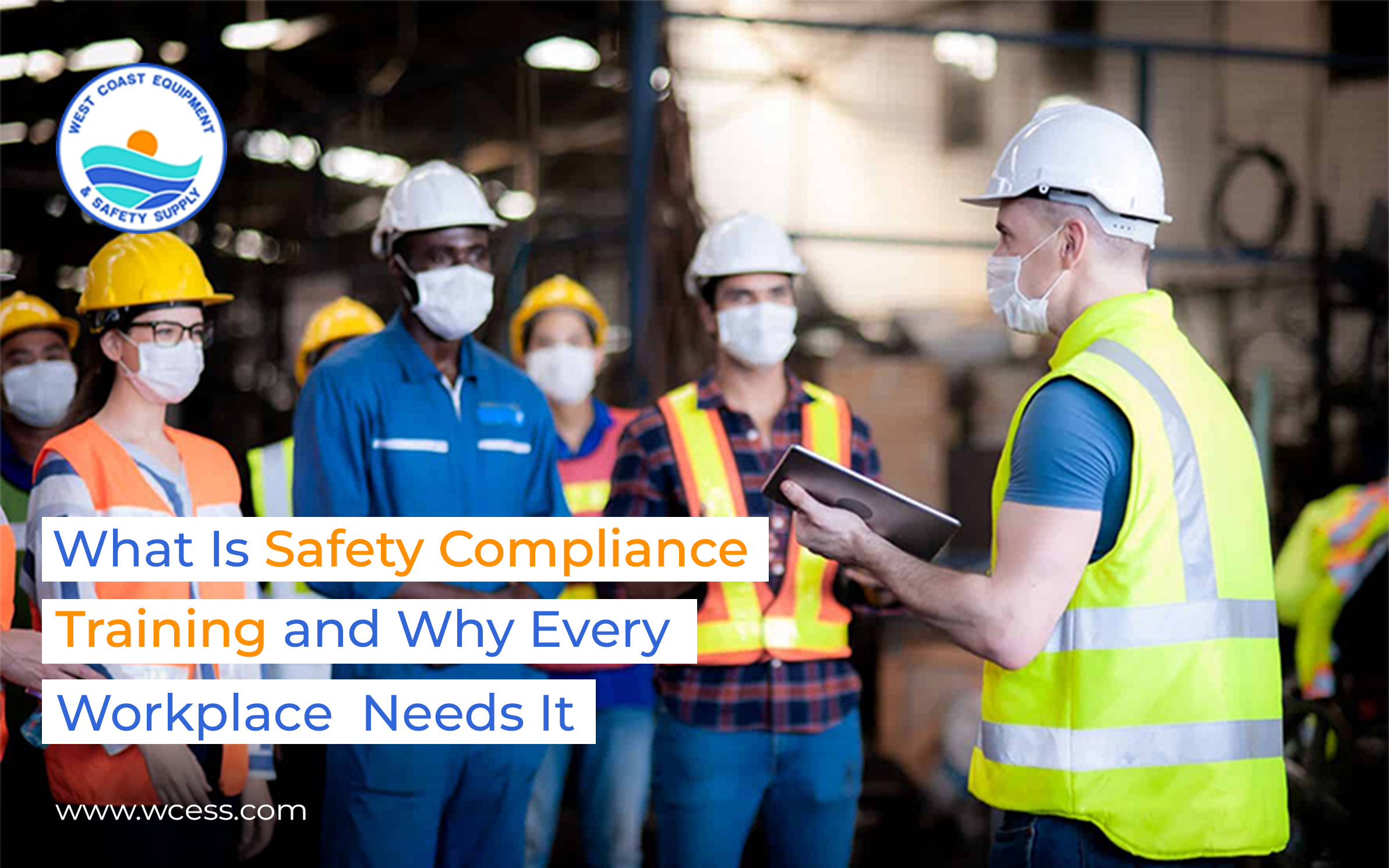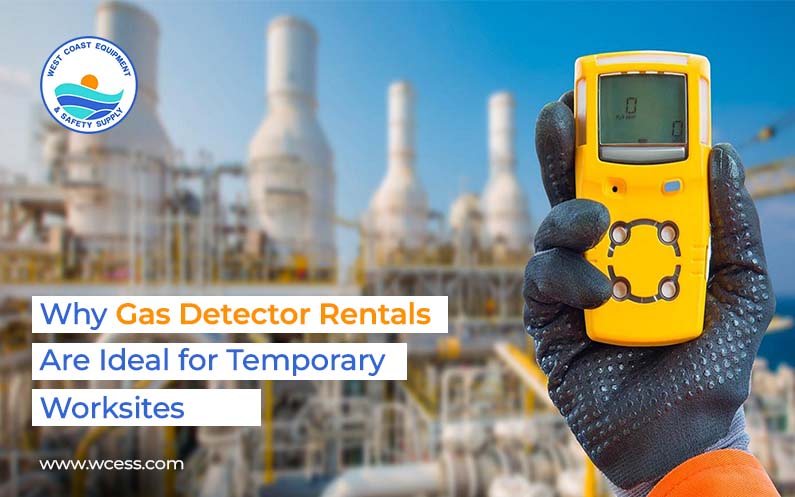In any industrial workplace, safety is non-negotiable. From oil and gas plants to manufacturing facilities and confined space operations, the presence of hazardous gases is a constant risk. While gas detection systems act as your first line of defense, their ability to protect people and property depends entirely on accurate calibration.
Inaccurate readings can result in false alarms that disrupt operations — or worse, missed detections that put lives in danger. This is why gas detection calibration isn’t just good practice; it’s an essential part of every workplace safety program.
What Is Gas Detection Calibration?
Gas detection calibration is the process of adjusting a detector’s sensor output so it matches a known concentration of calibration gas. Over time, sensors naturally drift from their original factory settings due to factors such as:
- Exposure to target gases or contaminants
- Temperature and humidity fluctuations
- Physical shock or vibration
- Sensor aging
Calibration restores accuracy, ensuring your gas detection system will reliably alert you to unsafe gas concentrations.
Two main types of calibration include:
- Zero Calibration – Sets the baseline reading in a clean air environment.
- Span Calibration – Adjusts the detector to accurately measure a known concentration of calibration gas.
Gases Commonly Monitored in Industrial Environments
Different industries face different gas hazards, and a robust gas detection program often monitors for multiple threats at once:
- Flammable Gases – Methane, propane, butane.
- Toxic Gases – Hydrogen sulfide (H₂S), carbon monoxide (CO), chlorine (Cl₂).
- Oxygen Level Monitoring – Detects oxygen deficiency in confined spaces or excess oxygen that increases fire risk.
In oil and gas, mining, chemical manufacturing, and utilities, accurate detection is critical to prevent incidents and protect workers.
Why Regular Calibration Is Critical
Even the most advanced gas detector will lose accuracy over time. Without calibration:
- You risk false negatives, where a dangerous gas leak goes undetected.
- You may experience false positives that cause unnecessary shutdowns.
- Your business could fall out of compliance with OSHA, ANSI, or CSA standards.
- Legal liability increases if an incident occurs and safety equipment was out of spec.
Routine calibration ensures your equipment meets both manufacturer requirements and regulatory standards, providing a defensible record in the event of an audit or investigation.
How the Calibration Process Works
Professional calibration follows a precise procedure:
- Preparation – The detector is inspected for damage and connected to a calibration station.
- Zero Calibration – Clean air is introduced to establish a baseline reading.
- Span Calibration – A known concentration of calibration gas (NIST-traceable) is applied.
- Adjustment – The detector’s readings are adjusted to match the known gas concentration.
- Verification – The accuracy is confirmed, and results are documented for compliance records.
Bump Testing vs. Calibration
These two procedures are related but serve different purposes:
- Bump Test – A quick functional test to confirm sensors and alarms respond to the presence of gas.
- Calibration – A precise adjustment of sensor output for long-term accuracy.
Best practice: Perform bump tests daily or before each use, and schedule full calibration at manufacturer-recommended intervals.
Recommended Calibration Frequency
The ideal calibration schedule depends on your operating environment:
- Standard conditions – Every 6–12 months (per manufacturer guidelines).
- Harsh environments – More frequent calibration if exposed to dust, humidity, temperature extremes, or frequent gas exposure.
- After incidents – Immediately calibrate after a detector is exposed to high gas concentrations, impact, or contamination.
Best Practices for Gas Detection Maintenance
A calibration program works best when paired with overall detector maintenance:
- Keep detailed calibration logs for audits and safety inspections.
- Store detectors properly when not in use.
- Follow manufacturer cleaning guidelines to remove dust or debris.
- Use only certified technicians and genuine calibration gases.
- Integrate calibration into your facility’s preventive maintenance plan.
Why Use Professional Calibration Services?
While some organizations perform calibration in-house, outsourcing to a specialist offers key advantages:
- Expertise – Trained technicians familiar with multiple detector brands and models.
- Compliance – Calibration performed to OSHA, ANSI, CSA, and manufacturer standards.
- Traceability – Use of NIST-certified calibration gases with proper documentation.
- Convenience – On-site or mobile calibration minimizes downtime.
- Comprehensive Support – Integration with broader safety programs and equipment maintenance.
The Bottom Line
Gas detection calibration is not optional — it’s a vital step in keeping your workforce safe, your operations compliant, and your equipment in peak condition. A well-maintained, accurately calibrated detector can mean the difference between a safe evacuation and a life-threatening incident.
West Coast Equipment & Safety Supply offers complete gas detection calibration services — in-shop, on-site, and as part of our comprehensive safety solutions. Our trained technicians, NIST-traceable gases, and strict compliance protocols ensure your gas detection systems are ready when it matters most.
